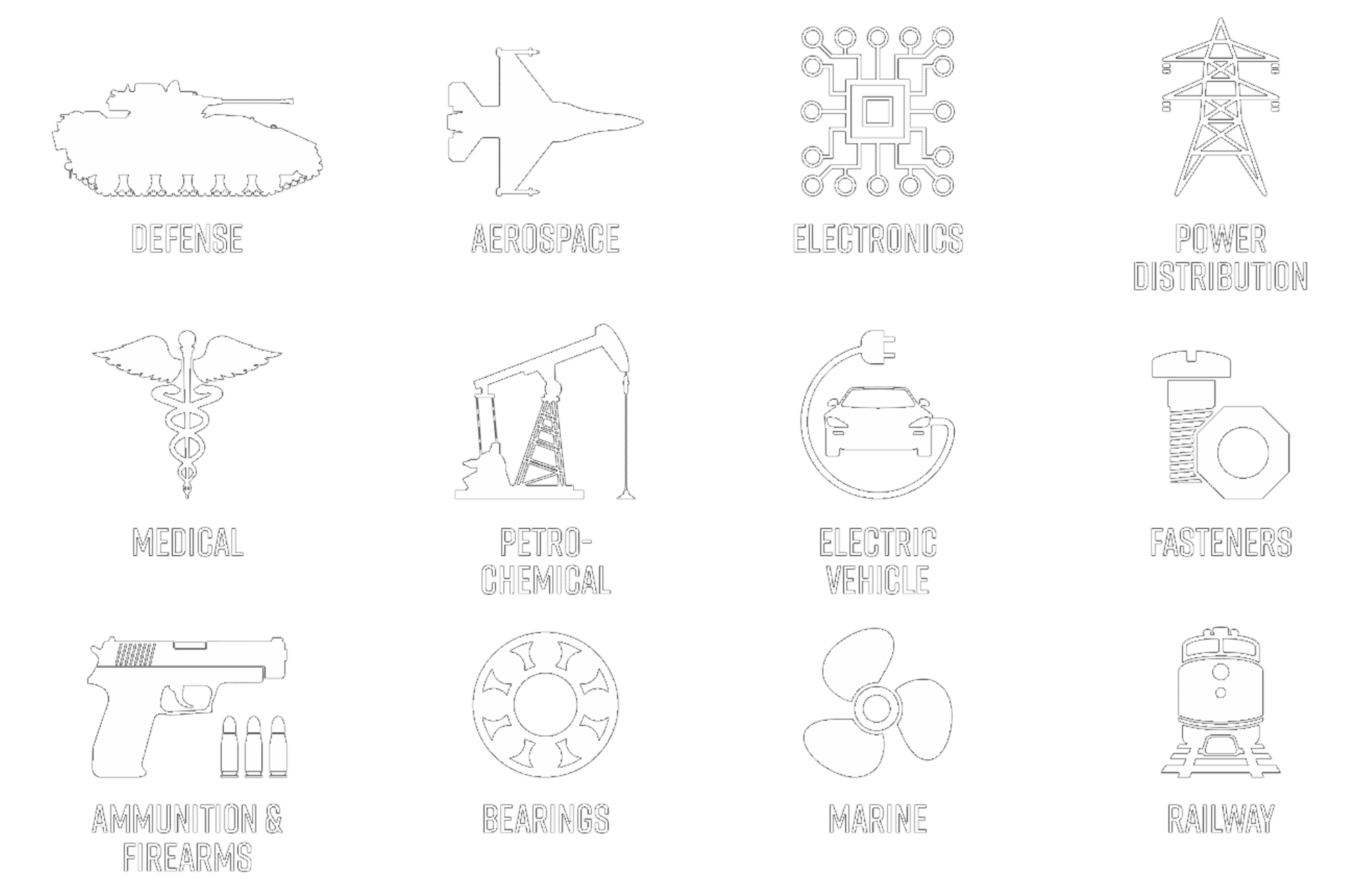By S Patel
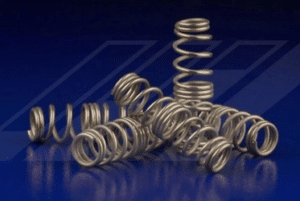
There are two primary functions of the passivation process as follows:
- Removal of free iron particle/residue from stainless steel parts which may have deposited during machining, grinding, forming or stamping operations as well as from shop dirt and/or debris. The need for passivation arises when parts are fabricated, either by cold forming or machining where contaminants such as shop dirt or iron particles from cutting tools/fixtures may be transferred to part surface. If not removed, the free iron particles can corrode very rapidly giving the appearance that the stainless steel itself is rusting.
- To develop a protective passive oxide film on the surface of the components. This passive layer is 100,000 times thinner than a human hair but forms a physical barrier to corrosion or attack of the stainless steel material beneath. It is this passive oxide barrier that the term “passivation” stems from.
There are two primary passivation categories as follows:
- Nitric Acid Passivation: Nitric acid passivation processes are offered either with or without sodium dichromate at various temperatures, chemistry concentrations and exposure times/ranges. The specific process is a function of the specific stainless steel material grade.
- Citric Acid Passivation: Citric Acid passivation processes are offered at various temperature & pH ranges. The specific processes are also a function of the stainless steel material grade.
Cleaning and Descaling Prior to Passivation
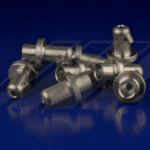
Some passivation components, such as precipitation-hardened grades (e.g. 17-4, 15-5 or 17-7), are heat treated after machining/forming but prior to the passivation process. Heat treatments are performed to achieve final surface hardness that these grades offer. However, these processes often impart an oxide or discoloration scale/iris on the surface even when performed in an “inert” environment. These films must be removed prior to passivation operations by means of acid descaling or mechanical methods such as blasting. The passivation chemistry is not capable of removing heat treatment oxide films and parts. If this is not performed, the heat treatment oxide will impair the ability of the passivation acid to reach the surface of the stainless steel and will prevent proper passivation.
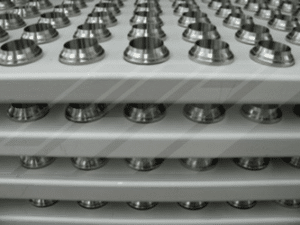
Free-machining (e.g. 303, 416, 440F), Ferritic and Martensitic grades of stainless steel (400 series) often exhibit improved passivation if processed with an AAA (Alkaline-Acid-Alkaline) passivation process. This process was originally developed by Carpenter Technology (www.cartech.com) for passivation of free machining stainless grades. It was discovered during standard passivation processes, the phosphorus or sulfur added to free machining alloys to improve machinability would etch from the surface leaving a micro voids on the surface. These voids act as micro capillaries that can trap nitric & citric acid during the passivation process. If the trapped acid is not neutralized it can result in an acid attack on the surface and accelerate corrosion. The AAA process has the ability of neutralizing acid from the surface of the parts greatly improving the passivation and corrosion resistance of the passivated components. As such, the AAA process is highly recommended for all free machining grades as well as Ferritic and Martensitic grades of stainless steel. More information is available regarding the AAA method of passivation within the white papers of our technical library.
Citric acid passivation is an alternative process to nitric that is commonly used in the medical and food processing industries. Since nitric acid passivation utilizes nitric acid and in some cases sodium dichromate, a source of hexavalent chromium ions, citric acid is sometimes preferred in applications where food processing or human contact is a design consideration.
Advanced Plating Technologies offers all methods of passivation including nitric, citric and AAA methods. Specifications including QQ-P-35 and ASTM A967 provide a table reference of recommended passivation methods as a function of material grade. Federal specifications are available within the technical library of this site. In addition, a member of the Advanced Plating Technologies technical sales or engineering group can provide recommended best practices based upon material grade, design concerns and the as-received condition of the parts.
Passivation of Stainless Steel – Testing of Passivated Parts
Passivated parts can be tested via several methods as described in ASTM A380 or ASTM A967 but not all tests are suitable for all grades of stainless steel. The test methods include the following methods:
- Water immersion test
- High humidity test
- Salt spray test
- Copper Sulfate Test
- Potassium Ferricyanide-Nitric Acid Test
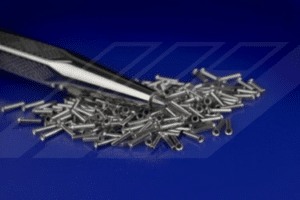
If you would like additional information on test methods, passivation of stainless steel or passivation of medical alloys including titanium, MP35N or Elgiloy, you can contact a member of our technical sales team.

